How one of Canada's busiest airports navigates tough winter weather
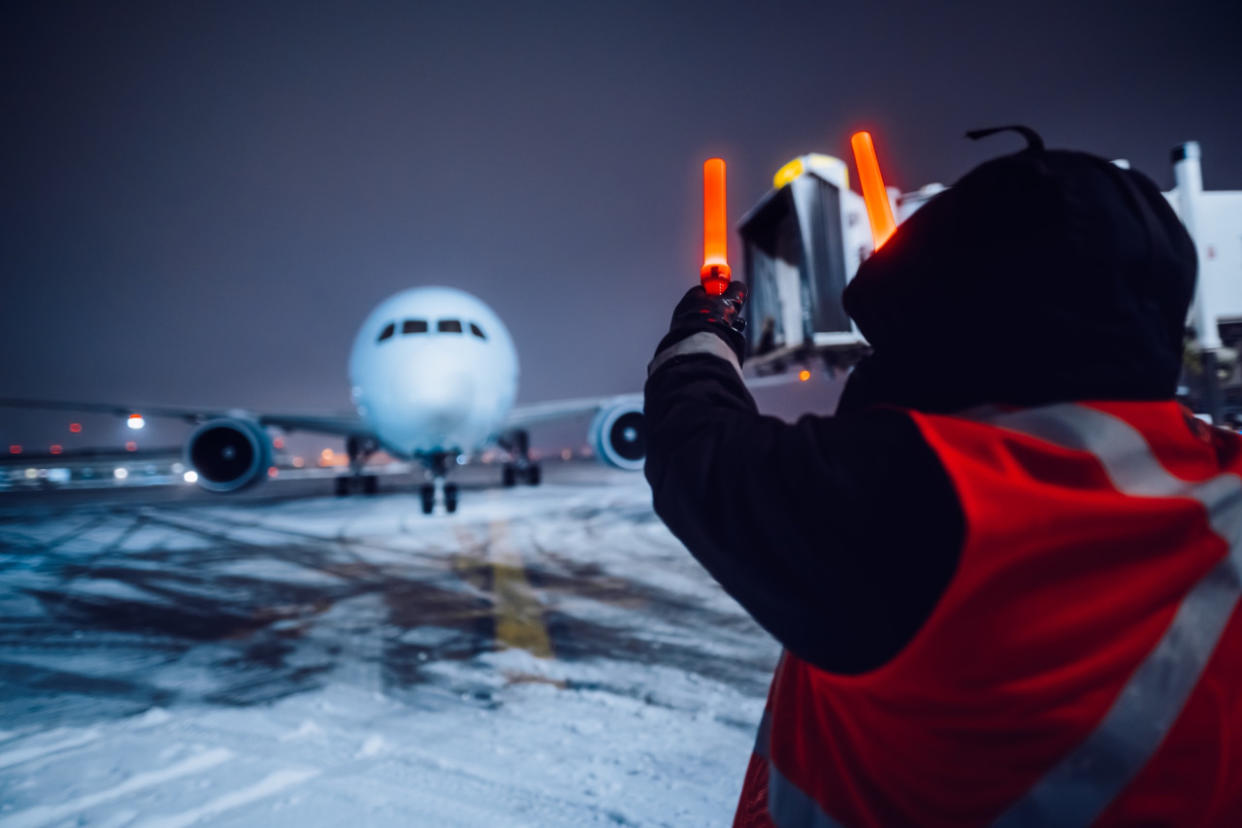
Arguably, Toronto's Pearson International Airport is the nexus across Canada.
With an airport that sees an average of 140,000 passengers a day, up to 160,000 during the holidays, and dozens of planes arriving and departing every hour, how does the terminal manage to keep on top of operations during times of inclement weather in the winter?
SEE ALSO: Expert tips on avoiding long wait times at Toronto Pearson Airport this holiday
That's what The Weather Network wanted to find out.
In an interview with Victoria Fenn Alvarado, video journalist and content creator at The Weather Network, John Ventresca, Pearson airport duty manager, said it collaborates with airlines and agencies before an event to ensure there will be enough staffing to handle it.
"Safety is our No. 1 goal all the time. That's the model," said Ventresca.
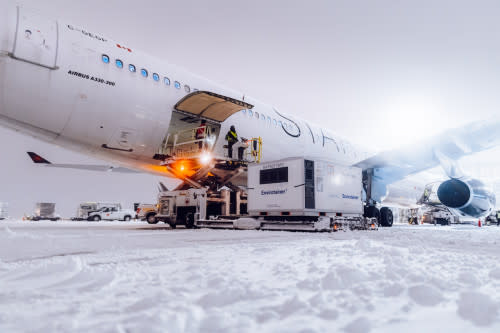
(Greater Toronto Airports Authority (GTAA))
"We always look at the weather, no matter the season. That's the airport business. That's the aviation business."
Forty-eight hours before an event a 'good benchmark' to get ready
Ventresca noted the airport will start preparations 48 hours before a snowfall or ice event as that provides a "good benchmark" to get ready for the precise timing of the precipitation.
Staff will review a forecast from the models provided by meteorologists two days beforehand, allowing enough time for the teams to get ready for the storm.
"There are people in the background preparing their teams in order for us to be successful [on the] day of. We're constantly looking at weather forecasts, METARs (meteorological aerodrome report), to ensure that we're prepared when the snow arrives...as well as the recovery," said Ventresca.
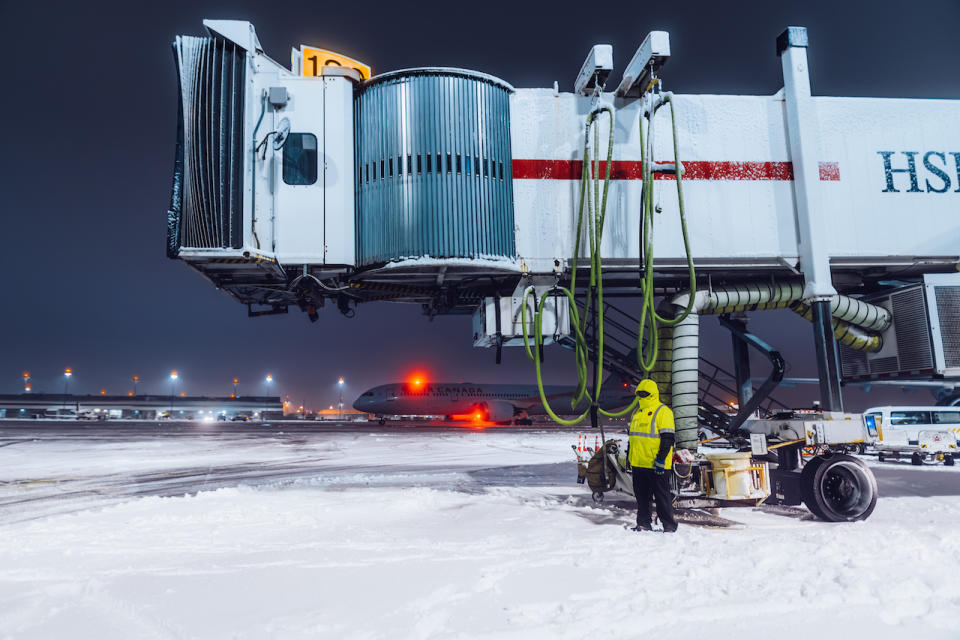
(Greater Toronto Airports Authority (GTAA))
He noted that a significant event would consist of snowfall rates of three to five centimetres an hour. If the airport is expected to see that for a long duration, "extensive planning" goes into it and the recovery phases.
"[If] there is a lot of snow on the apron, and if we can't melt it fast enough, if we can't pilot it fast enough, we have to transport it outside of the airport. That takes resources and that takes time," said Ventresca. "If we do get a number of centimetres of snow, we will need to be prepared to recover."
In addition to snow, the airport is also concerned about ice accretion on airplanes because that form of frozen precipitation poses one of the "most significant safety risks" to flights, he said.
Toronto's international airport has a de-icing and anti-ice service that provides the aircraft with a limited window to get airborne from the icing pad to the runway.
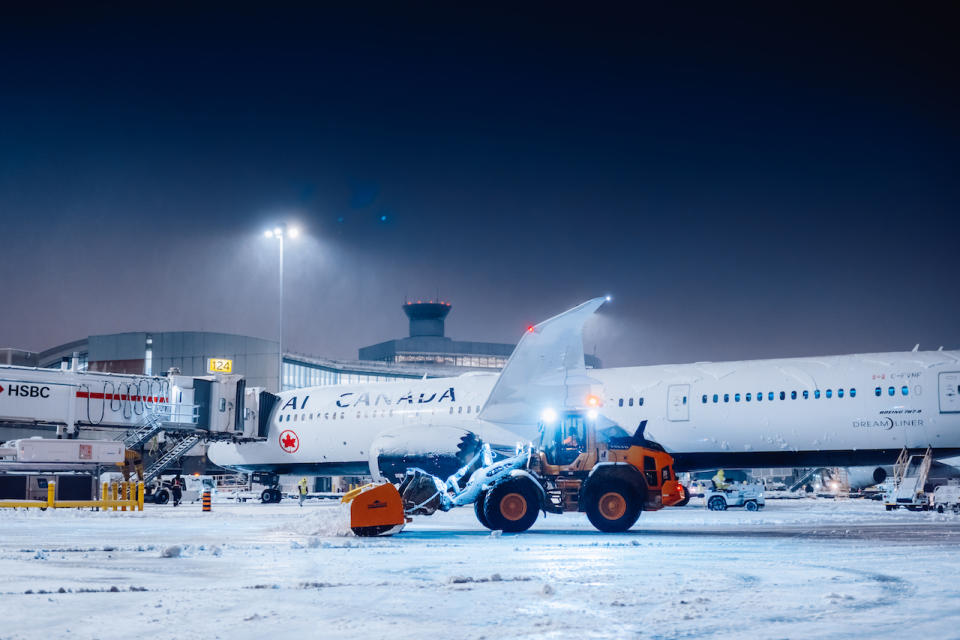
(Greater Toronto Airports Authority (GTAA))
"Ice accretion builds up on the lifting surfaces of the aircraft, so ice has to be completely removed," said Ventresca. "We ensure that the runway surface conditions are clear of any sort of winter contamination, so the airplanes can land and take off safely."
The terminal will start de-icing planes when temperatures range from below freezing to 5°C, depending on the atmospheric conditions.
"It adheres to the lifting surfaces in the aircraft. So, the icing is an important part of the winter operation," said Ventresca. "[We also] ensure that our ground-side service roads [are clean so] passengers can get to and from the airport, because sometimes that is a hindrance."
Success of operations hinges on staffing and systems
Staffing is key to the day-to-day operations, especially during and after a winter storm or other weather event. As part of that, Pearson airport ensures its systems and removal equipment are "up to par," said Ventresca, noting the facility has 190 pieces of gear and contractors to support the snow-clearing efforts.
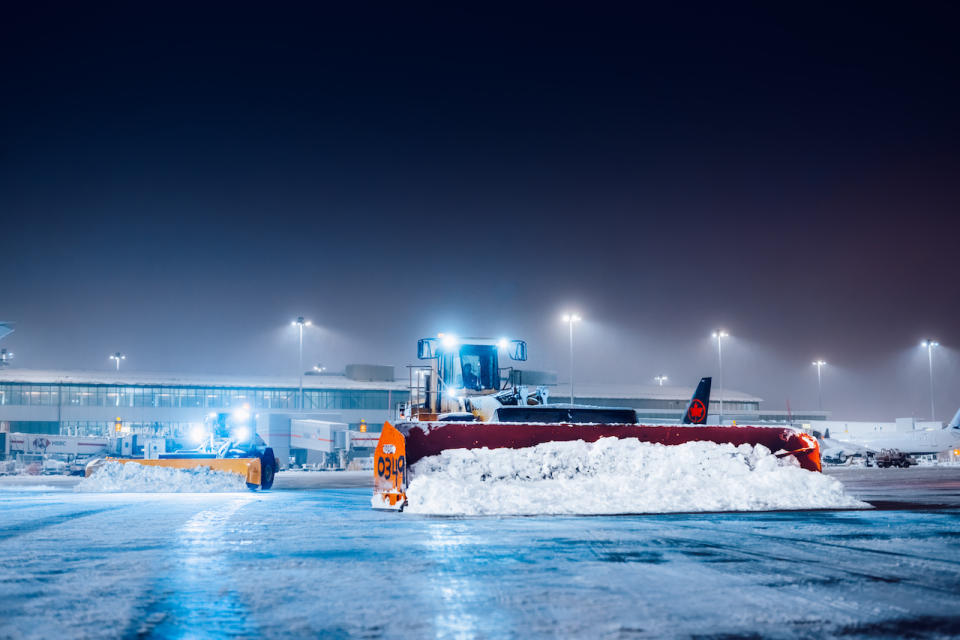
(Greater Toronto Airports Authority (GTAA))
"If safety is compromised, we'll definitely shut down or will reduce the schedule. If there is a significant event, there is a chance. We don't like to shut down the airport," said Ventresca.
Polar vortex in 2014 was a tough challenge
Aside from snow and ice, extremely cold temperatures can be an obstacle for the airport and its planes. Case in point: The 2014 polar vortex. "That was my most challenging [event]," said Ventresca.
"In the winter of 2014, we just had a low-pressure system circling above the airport and just [kept] in cold temperatures [and] severe winds, impacting the operations outside, especially," said Ventresca.
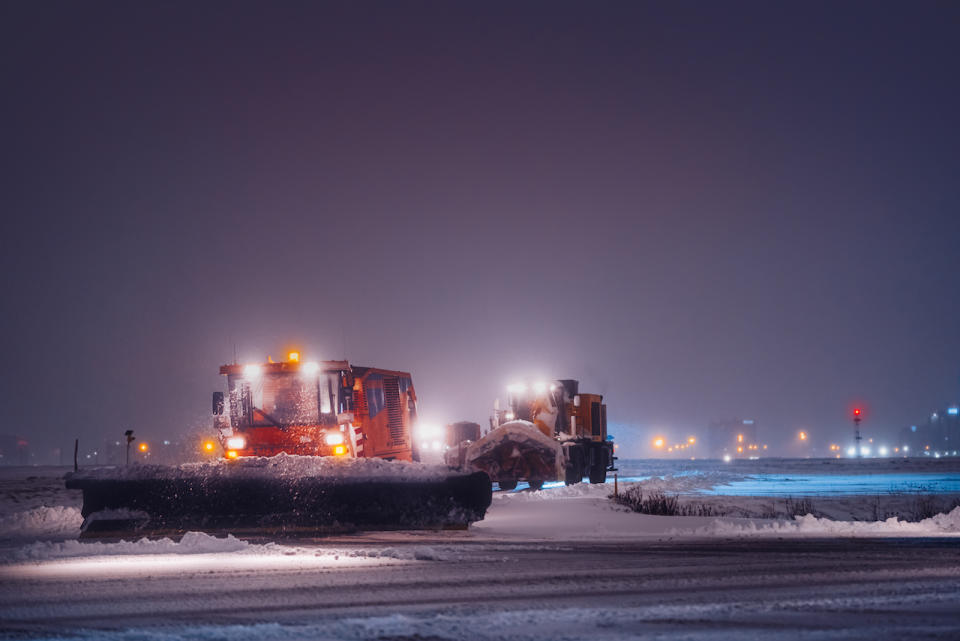
(Greater Toronto Airports Authority (GTAA))
If one plane is delayed, there is a way to recover from it, the airport duty manager said. Usually, airlines will consolidate flight schedules, especially in winter weather, because there is resourcing and jet availability.
As for what to do if your scheduled flight occurs during a significant snowstorm, Ventresca has some helpful advice.
"Double check with the airline, give yourself ample time to come to the airport because the ground-side roads at times are not plowed. Give yourself ample time to get to the airport during a winter operation," said Ventresca.
WATCH: Do you know these 'common sense' winter driving tips?
Thumbnail courtesy of Greater Toronto Airports Authority (GTAA).
Follow Nathan Howes on the X platform, formerly known as Twitter.


